

Articles
What Is An Air Purifier
Modified: October 28, 2024
Discover the benefits of using air purifiers in your home with our informative articles. Learn about different types of air purifiers and how they can improve your indoor air quality.
(Many of the links in this article redirect to a specific reviewed product. Your purchase of these products through affiliate links helps to generate commission for Storables.com, at no extra cost. Learn more)
Introduction
Welcome to the world of air purifiers! In our modern lifestyles, we are constantly exposed to various pollutants and allergens in the air we breathe. From dust particles to pet dander, pollen to harmful chemicals, these contaminants can have a negative impact on our health and well-being. This is where air purifiers come to the rescue.
An air purifier is a device that helps to improve indoor air quality by removing pollutants, allergens, and other harmful particles from the air. It works by drawing in the surrounding air, filtering it through various mechanisms, and then releasing clean and purified air back into the room. Air purifiers are especially beneficial for individuals with allergies, asthma, or respiratory issues, as well as for those who simply want to create a healthier and more pleasant living environment.
In this article, we will delve into the details of air purifiers, exploring how they work, the benefits they offer, the various types available, and what factors to consider when choosing one. So, let’s get started and learn everything you need to know about air purifiers!
Key Takeaways:
- Air purifiers improve indoor air quality by removing pollutants, allergens, and odors, benefiting those with allergies, asthma, and respiratory issues, as well as anyone seeking a healthier living environment.
- Understanding the different types of air purifiers, their features, and maintenance requirements is crucial for choosing the right one to create a cleaner and more comfortable indoor environment.
Read more: What Size Air Purifier Do I Need
How Air Purifiers Work
Air purifiers employ different methods to effectively eliminate airborne pollutants and improve indoor air quality. The specific mechanism used may vary depending on the type and model of the air purifier. Here are the common techniques used by air purifiers:
- Filtration: This is the most common method used by air purifiers. The device consists of one or more filters, which trap and remove particles as air passes through. The filters can be made of materials such as fiberglass, activated carbon, or High-Efficiency Particulate Air (HEPA) filters. HEPA filters are highly efficient in capturing particles as small as 0.3 microns, including dust, pollen, pet dander, and mold spores. The filtered air is then released back into the room, free from these contaminants.
- Activated Carbon: This technique involves the use of activated carbon filters, which are highly effective in removing odors, chemicals, and volatile organic compounds (VOCs) from the air. Activated carbon has a large surface area with tiny pores that can absorb and trap a wide range of gases and odors, leaving the air fresh and clean.
- UV-C Light: Some air purifiers utilize ultraviolet germicidal irradiation (UV-C) technology to neutralize harmful bacteria, viruses, and mold spores. UV-C light damages the DNA of these microorganisms, preventing them from reproducing and making them inactive. This technology provides an additional layer of protection and helps to ensure that the air is free from harmful pathogens.
- Ionic Purification: This technique involves the generation of negatively charged ions that attach themselves to airborne particles. Once charged, these particles become heavy and fall to the ground or onto surfaces, removing them from the air. Some ionizers also come with collection plates that can be cleaned periodically to remove the trapped particles.
By employing one or a combination of these techniques, air purifiers effectively remove a wide range of pollutants, allergens, and other harmful particles from the air. However, it is important to note that air purifiers do not eliminate all pollutants or solve underlying indoor air quality issues. They complement other measures such as regular cleaning, proper ventilation, and minimizing the use of chemicals to create a healthier indoor environment.
Benefits of Using an Air Purifier
Using an air purifier in your home or office can have numerous benefits for your health and overall well-being. Here are some of the key advantages of incorporating an air purifier into your indoor environment:
- Allergen Reduction: Air purifiers are highly effective in removing allergens such as pollen, dust mites, pet dander, and mold spores from the air. By reducing these allergens, air purifiers can provide relief for individuals suffering from allergies or asthma.
- Improved Respiratory Health: By removing airborne particles and pollutants, air purifiers help to improve the quality of the air we breathe. This can have a positive impact on respiratory health, reducing symptoms such as coughing, sneezing, and wheezing.
- Odor Elimination: Air purifiers equipped with activated carbon filters effectively capture and neutralize odors from pets, cooking, smoke, and other sources. This helps to keep the air smelling fresh and clean.
- Elimination of Harmful Chemicals: Chemicals and volatile organic compounds (VOCs) present in cleaning products, paints, and furniture can contribute to indoor air pollution. Air purifiers with advanced filtration systems can effectively reduce the levels of these chemicals, creating a healthier environment.
- Better Sleep: Clean and purified air promotes better sleep by reducing irritants that can disrupt sleep patterns. By creating a healthy and allergen-free environment, air purifiers contribute to a more restful and rejuvenating sleep.
- Protection Against Germs and Viruses: Air purifiers equipped with UV-C technology can help to eliminate harmful bacteria, viruses, and mold spores from the air. This provides an added layer of protection against diseases, especially during flu seasons or in environments where germs are more likely to spread.
By investing in an air purifier, you can create a healthier indoor environment for yourself and your loved ones. It is important to choose the right type of air purifier based on your specific needs and to follow the manufacturer’s instructions for optimal use and maintenance. With regular use, an air purifier can greatly improve the quality of the air you breathe and contribute to a healthier and more comfortable living space.
Types of Air Purifiers
When it comes to air purifiers, there are several types available, each with its own unique features and benefits. Understanding the different types can help you choose the one that best suits your needs. Here are some common types of air purifiers:
- HEPA Air Purifiers: HEPA (High-Efficiency Particulate Air) purifiers are considered the gold standard in air purification. These purifiers use a dense filter that traps particles as small as 0.3 microns, capturing dust, pollen, pet dander, and other allergens. HEPA filters are highly effective, but they may need to be replaced periodically to maintain optimal performance.
- Activated Carbon Air Purifiers: Activated carbon air purifiers are designed to remove odors, gases, and chemicals from the air. They use a filter with activated carbon, which has a large surface area that adsorbs and traps these molecules. These purifiers are particularly beneficial for households with pets or for individuals living in areas with high levels of pollution.
- UV-C Air Purifiers: UV-C air purifiers use ultraviolet germicidal irradiation to kill bacteria, viruses, and mold spores in the air. These purifiers emit UV-C light, which disrupts the DNA of microorganisms, rendering them inactive. UV air purifiers are effective in reducing the spread of airborne diseases and are commonly used in healthcare settings.
- Ionic Air Purifiers: Ionic air purifiers release negative ions into the air, which attach to airborne particles, causing them to become heavy and fall to the ground or adhere to surfaces. These purifiers are effective in removing allergens and other pollutants from the air. However, it is important to note that ionic purifiers may produce ozone as a byproduct, so they should be used in well-ventilated areas.
- Ozone Generators: Ozone generators are designed to remove strong odors and kill bacteria and mold in the air. These purifiers emit ozone, which reacts with pollutants and breaks them down. However, ozone can be harmful when inhaled in high concentrations, so caution should be exercised when using ozone generators. They should only be used in unoccupied spaces or under the guidance of a professional.
- Electrostatic Precipitators: Electrostatic precipitators use an electrostatic charge to attract and capture particles. These purifiers charge particles as they pass through an ionizing section, and then collect them on oppositely charged plates. Electrostatic precipitators are effective in removing large particles, but they may produce small amounts of ozone as a byproduct.
Each type of air purifier has its own strengths and limitations. Consider factors such as your specific air quality concerns, room size, and maintenance requirements when selecting the right type for your needs. It’s also important to research and choose a reputable brand that meets industry standards for performance and safety.
Factors to Consider When Choosing an Air Purifier
When selecting an air purifier, it’s important to consider several factors to ensure that you choose the right one for your needs. Here are some key factors to keep in mind:
- Room Size: Consider the square footage of the room or area where the air purifier will be used. Different purifiers are designed to cater to different room sizes, so it’s important to choose one that is powerful enough to effectively clean the air in your space.
- Types of Pollutants: Identify the specific pollutants you want to target. If you suffer from allergies, a purifier with a HEPA filter would be ideal for capturing allergens like dust, pollen, and pet dander. If odors are a concern, consider a model with an activated carbon filter. Understanding your specific needs will help you select the most suitable air purifier.
- Clean Air Delivery Rate (CADR): Check the CADR rating of the air purifier. CADR measures the effectiveness of an air purifier in removing pollutants from the air. Look for a higher CADR rating for the specific pollutants you want to target, as this indicates better performance in cleaning the air.
- Noise Level: Consider the noise level of the air purifier, especially if you plan to use it in a bedroom or office space. Some models have adjustable fan speeds or sleep modes for quieter operation during nighttime or when you need a more peaceful environment.
- Filter Replacement: Determine the frequency and cost of replacing filters. Most air purifiers require filter replacements after a certain period to maintain optimal performance. Consider the availability and cost of replacement filters to ensure that you can easily maintain and continue using the air purifier effectively.
- Energy Efficiency: Look for an air purifier that is energy-efficient and has an Energy Star rating. Energy-efficient models consume less electricity, which helps to reduce your energy costs and minimize environmental impact.
- Additional Features: Consider any additional features that may be important to you. This could include a timer function, air quality sensors, remote control, or smart connectivity. These features can enhance convenience and offer more customized control over the purifier’s operation.
By carefully considering these factors, you will be able to choose an air purifier that suits your specific needs and preferences. Remember to read reviews, compare prices, and do thorough research on different models before making a final decision. Investing in the right air purifier can greatly improve your indoor air quality and contribute to a healthier living environment.
When choosing an air purifier, consider the size of the room it will be used in, the type of filtration system it has, and the noise level it produces. Look for HEPA filters for the best results.
Read more: What To Look For In Air Purifier
Common Features of Air Purifiers
Air purifiers are equipped with various features that enhance their performance and convenience. Here are some common features that you may come across when choosing an air purifier:
- Fan Speeds: Most air purifiers offer multiple fan speed settings, allowing you to adjust the airflow according to your needs. Higher fan speeds are typically used in areas with heavy pollution or during intensive cleaning, while lower speeds are suitable for maintaining air quality in a quieter manner.
- Filter Replacement Indicator: This feature alerts you when it’s time to replace the filters. It eliminates the guesswork, ensuring that the air purifier is operating at its best and maintaining optimal performance. Some models even have digital displays that show the percentage of filter life remaining.
- Air Quality Sensors: Air purifiers with air quality sensors automatically monitor the air and adjust the fan speed based on the detected pollution levels. This ensures that the purifier is constantly working at the appropriate intensity to keep the air clean. Some models display the air quality on the purifier or through a connected app.
- Night Mode/Sleep Mode: This feature dims the lights and operates the purifier at a quieter fan speed for a peaceful sleep environment. It allows you to enjoy the benefits of the purifier without being disturbed by bright lights or excessive noise during nighttime.
- Timer Function: The timer function allows you to set a specific operating time for the air purifier. You can program it to turn on or off at a certain hour, helping you conserve energy and customize the purifier’s operation according to your schedule.
- Smart Connectivity: Some air purifiers come with smart features, allowing you to control and monitor them remotely through a smartphone app. With smart connectivity, you can adjust settings, view air quality data, and receive filter replacement reminders from anywhere, offering convenience and real-time monitoring.
- Child Lock: This safety feature ensures that children cannot accidentally change settings or tamper with the purifier’s operation. It provides peace of mind, especially for households with young children or curious pets.
- Carrying Handle: Air purifiers with a carrying handle make it easy to move the device from one room to another. This feature is particularly useful if you want to use the purifier in different areas of your home or office.
Keep in mind that not all air purifiers will have all these features, and their availability may vary depending on the model and brand. Consider which features are important to you and align with your specific needs and preferences when selecting an air purifier.
Maintenance and Cleaning of Air Purifiers
Proper maintenance and regular cleaning are essential to ensure the optimal performance and longevity of your air purifier. Here are some important maintenance and cleaning tips to keep in mind:
- Read the Manufacturer’s Manual: Before using your air purifier, carefully read and follow the manufacturer’s instructions for maintenance and cleaning. Different models may have specific guidelines and recommendations that are important to follow.
- Filter Replacement: Most air purifiers have filters that require periodic replacement. The frequency of filter replacement will vary depending on factors such as usage, air quality, and the type of filter. Refer to the manufacturer’s guidelines to determine when it’s time to replace the filters and make sure to use the recommended replacement filters to maintain optimal performance.
- Cleaning the Exterior: Regularly wipe down the exterior of the air purifier using a soft, damp cloth. This will remove any dust or dirt buildup on the surface. Avoid using harsh chemicals or abrasive materials that can damage the finish of the purifier.
- Cleaning the Air Inlet and Outlet: Over time, the air inlet and outlet of the purifier may accumulate dust and debris. Gently vacuum or wipe these areas to remove any buildup and ensure proper airflow. This will help to maintain the efficiency of the purifier in capturing airborne particles.
- Cleaning Pre-Filters or Washable Filters: If your air purifier has washable pre-filters or filters, follow the manufacturer’s instructions on how to clean them. Typically, you can rinse these filters under running water, allow them to air dry completely, and then reinsert them into the purifier.
- Regular Dusting: In addition to the regular cleaning routine, it’s important to dust the surrounding area of the air purifier and any nearby surfaces. This will prevent dust from accumulating and being introduced into the purifier, minimizing the strain on the filters and maintaining optimal performance.
- Monitor and Clean Sensor and Indicators: If your air purifier has air quality sensors or indicator lights, check them periodically to ensure they are clean and functioning properly. Use a soft, clean cloth to remove any dust or debris that may be obstructing the sensors or causing issues with the indicator lights.
- Store Properly: If you plan to store your air purifier for an extended period, follow the manufacturer’s instructions on the proper storage procedure. This may involve removing and cleaning the filters, covering the purifier, and storing it in a cool, dry place away from direct sunlight.
By following these maintenance and cleaning tips, you can ensure that your air purifier operates at its best, providing you with clean and purified air for a healthier indoor environment. Remember, regular maintenance will help prolong the lifespan of your air purifier and ensure optimal performance for years to come.
Frequently Asked Questions about Air Purifiers
Here are some commonly asked questions about air purifiers:
- Do air purifiers eliminate all pollutants in the air?
- How often do I need to replace the filters in my air purifier?
- Can air purifiers help with allergies?
- Can air purifiers help with odors?
- Are air purifiers loud?
- Can air purifiers remove viruses and bacteria?
- Can air purifiers help with asthma?
- How much electricity do air purifiers consume?
- Can I run my air purifier 24/7?
Air purifiers are designed to remove airborne contaminants such as dust, pollen, pet dander, and mold spores. However, they may not eliminate all pollutants, especially gases and chemicals. To ensure the best air quality, it’s important to address other sources of pollution, maintain good ventilation, and adopt a clean and healthy lifestyle.
The frequency of filter replacement depends on factors such as the type of purifier, usage, and air quality. It’s generally recommended to replace filters every 6 to 12 months, but this can vary. Refer to the manufacturer’s guidelines for specific recommendations and monitor the filter’s condition regularly to ensure optimal performance.
Air purifiers with HEPA filters are highly effective in capturing allergens like dust mites, pollen, and pet dander. They can help reduce allergy symptoms by removing these particles from the air. However, it’s important to remember that air purifiers are part of a comprehensive approach to allergy management, and other measures like keeping a clean home and minimizing exposure to allergens are also important.
Yes, air purifiers equipped with activated carbon filters are effective in removing odors from pets, cooking, smoke, and other sources. The activated carbon adsorbs and traps odor-causing molecules, helping to freshen the air. However, it’s important to note that the effectiveness may vary depending on the strength and source of the odor.
The noise level of air purifiers can vary depending on the model and fan speed setting. Some purifiers have multiple fan speeds, allowing you to adjust the noise level according to your preference. Many air purifiers also have a sleep mode or night mode, which operates at a quieter fan speed for a peaceful sleeping environment.
Air purifiers equipped with UV-C light technology can help eliminate some viruses, bacteria, and mold spores in the air. UV-C light damages the genetic material of these microorganisms, rendering them inactive and unable to reproduce. However, it’s important to note that air purifiers should not be solely relied upon for protection against viruses and bacteria, and other preventive measures like proper hand hygiene and vaccination are still necessary.
Air purifiers can be beneficial for individuals with asthma as they help remove airborne triggers such as dust mites, pollen, and pet dander. However, it’s important to ensure that your purifier has a HEPA filter, which is highly effective in capturing these particles. It’s also essential to have proper asthma management in place, including medication and avoiding other triggers.
The electricity consumption of air purifiers varies depending on the model and settings. Energy-efficient models with Energy Star certification consume less energy, which helps to reduce your electricity costs. Check the product specifications or labels for information on the power consumption of the air purifier.
Yes, you can run your air purifier continuously if desired. However, consider factors such as energy consumption and the lifespan of the filters. Running the purifier at lower fan speeds can help to reduce noise and energy consumption while still maintaining clean air.
If you have any further questions about air purifiers, it’s advisable to consult the manufacturer’s website or reach out to their customer support for more specific information and guidance.
Conclusion
Air purifiers have become an essential appliance in creating a healthier and cleaner indoor environment. With their ability to remove pollutants, allergens, and odors from the air, they play a vital role in improving the quality of the air we breathe. Whether you suffer from allergies, asthma, or simply want to create a safer space for you and your loved ones, an air purifier can make a significant difference.
Throughout this article, we have explored the various types of air purifiers, how they work, and the benefits they offer. From HEPA filters to activated carbon and UV-C technology, there is a wide range of options available to suit different needs and preferences. It’s important to consider factors such as the size of the room, types of pollutants, filter replacement, and additional features when selecting the right air purifier for you.
Remember that air purifiers are not a complete solution to all indoor air quality issues. To achieve the best results, it’s important to combine the use of air purifiers with proper ventilation, regular cleaning, and minimizing the use of harmful chemicals in your home or office. By adopting a holistic approach, you can create a healthier and more comfortable living environment.
Lastly, ensure that you follow the manufacturer’s guidelines for maintenance and cleaning to keep your air purifier functioning at its best. Regular filter replacement, gentle cleaning of the exterior and internal components, and monitoring of air quality sensors are important steps to maintain optimal performance and prolong the lifespan of your air purifier.
In conclusion, investing in an air purifier is investing in your health and well-being. By removing pollutants and improving indoor air quality, these devices can help you breathe easier and enjoy a cleaner living environment. Choose the right type of air purifier for your needs, incorporate it into your daily routine, and reap the benefits for years to come.
Frequently Asked Questions about What Is An Air Purifier
Was this page helpful?
At Storables.com, we guarantee accurate and reliable information. Our content, validated by Expert Board Contributors, is crafted following stringent Editorial Policies. We're committed to providing you with well-researched, expert-backed insights for all your informational needs.
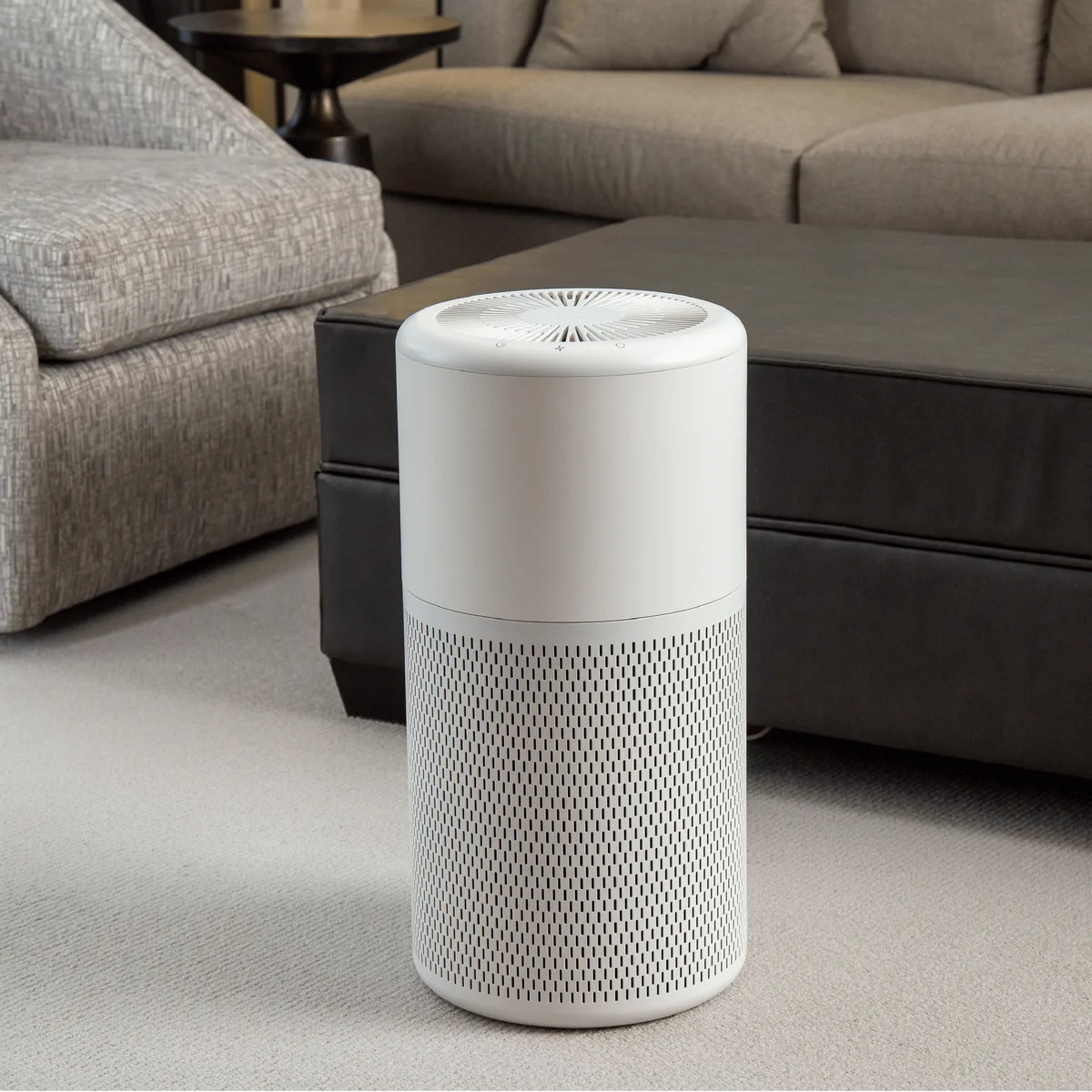

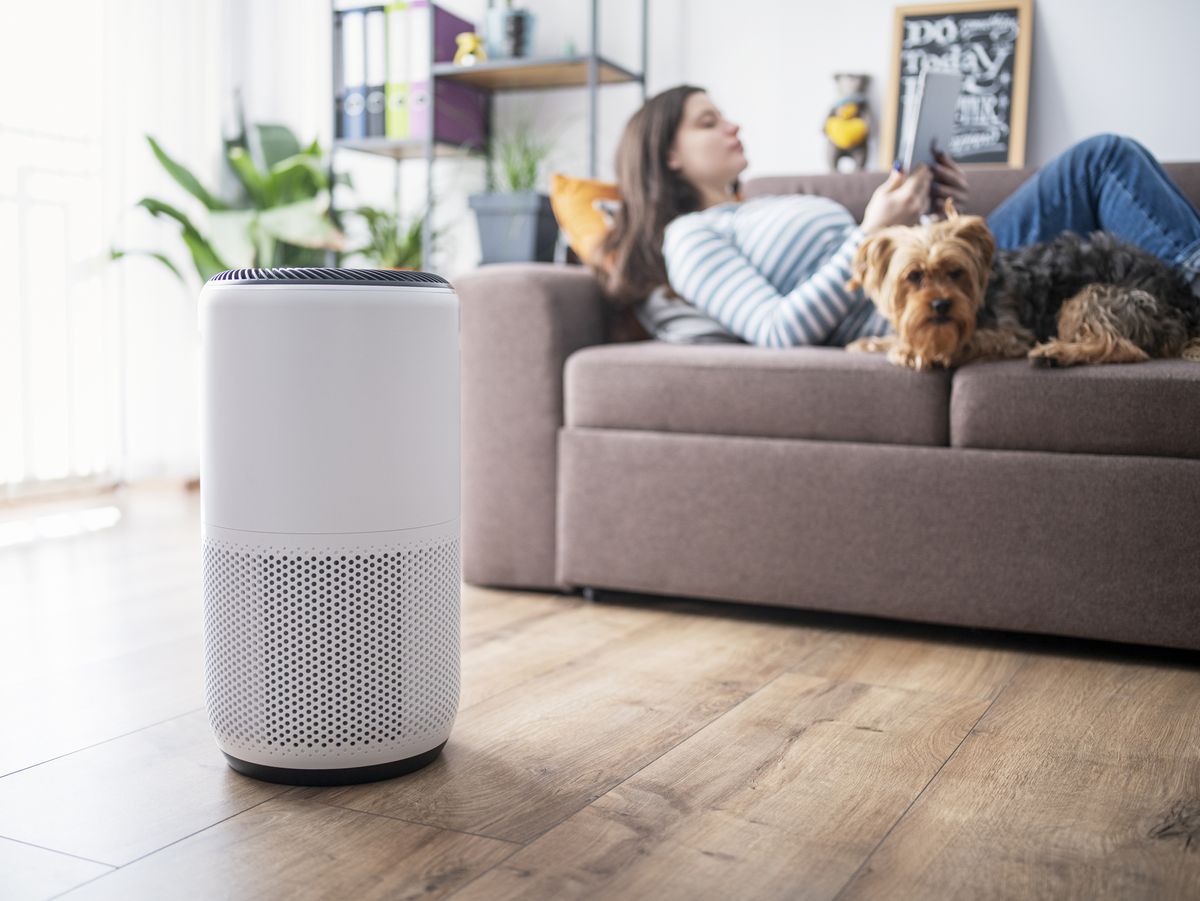
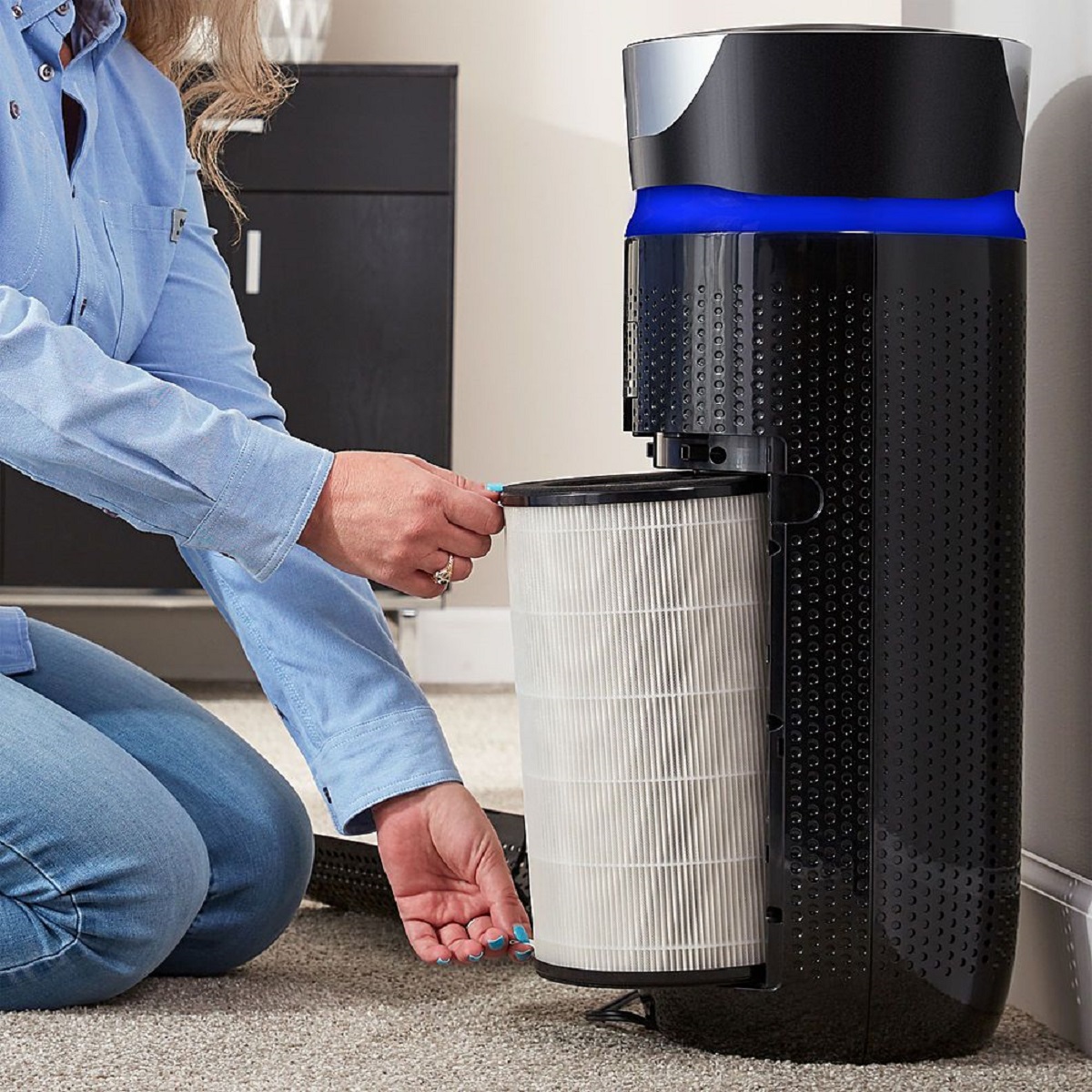
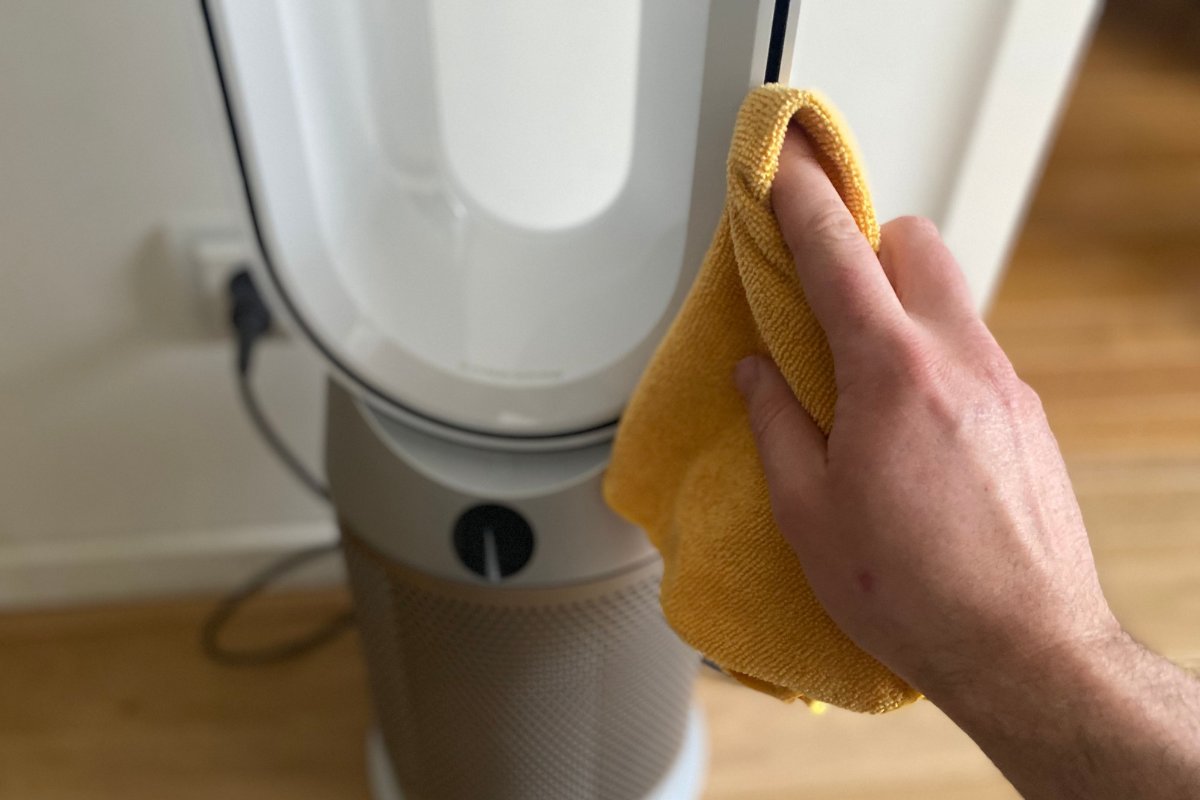
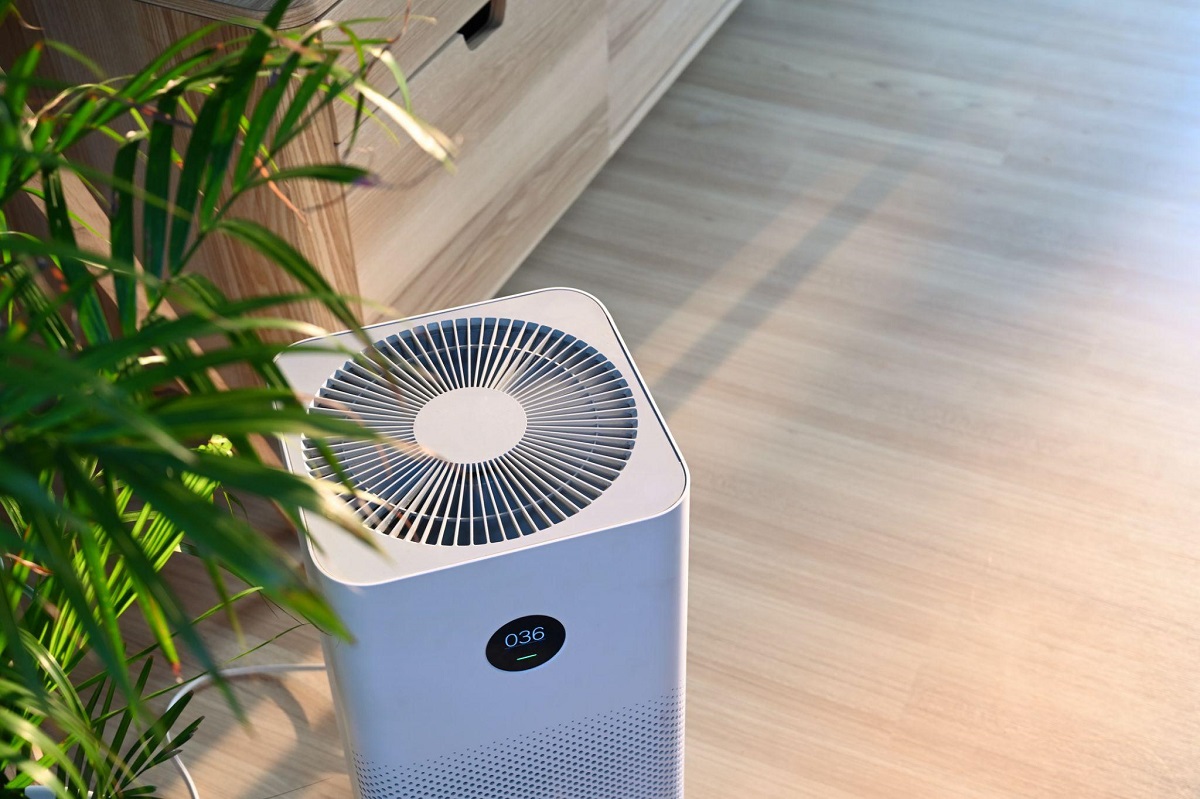

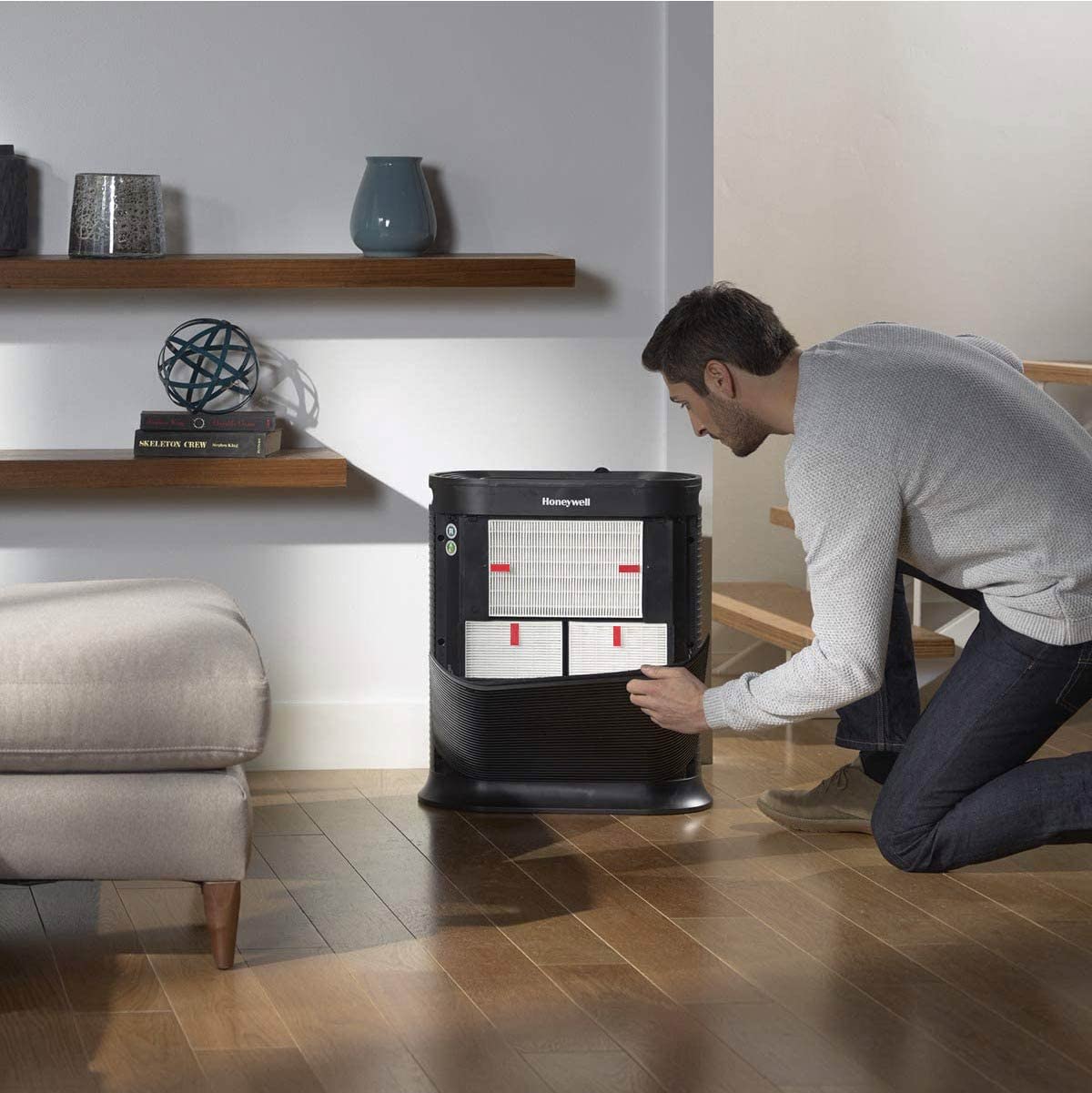
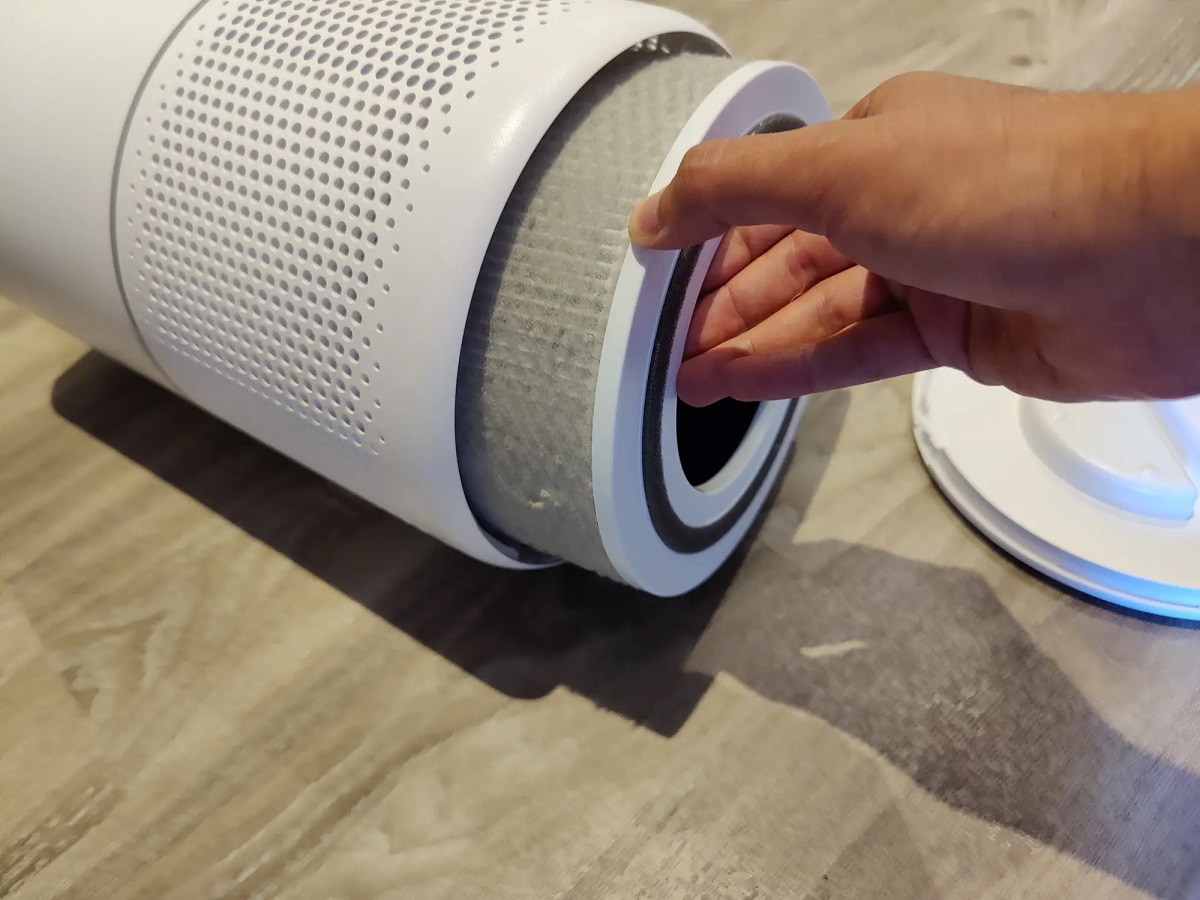
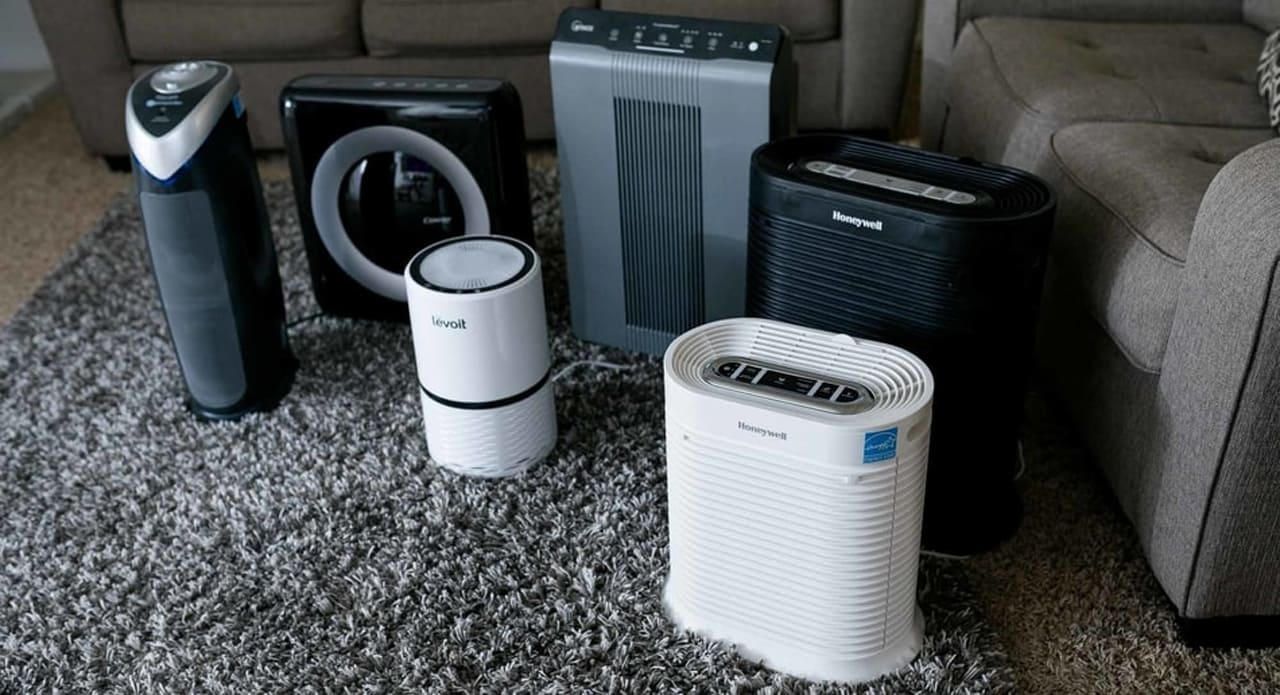
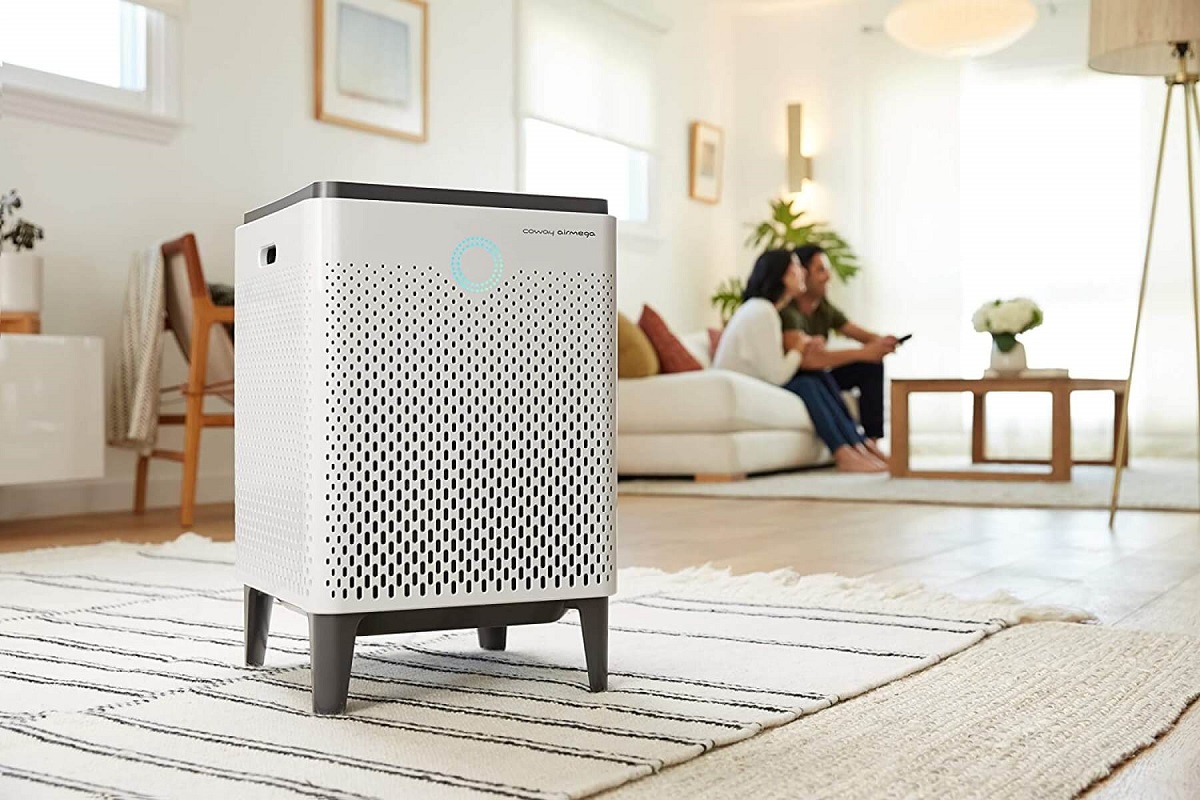
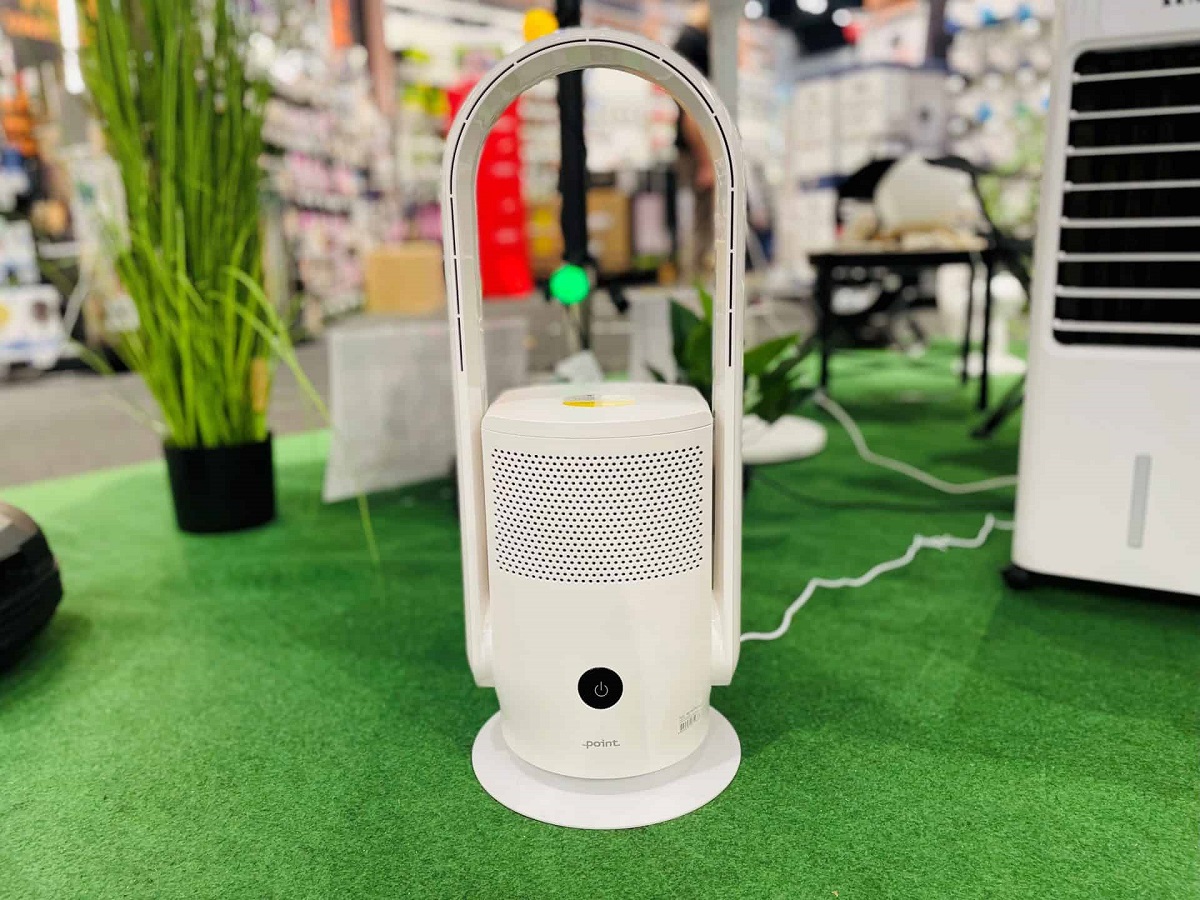
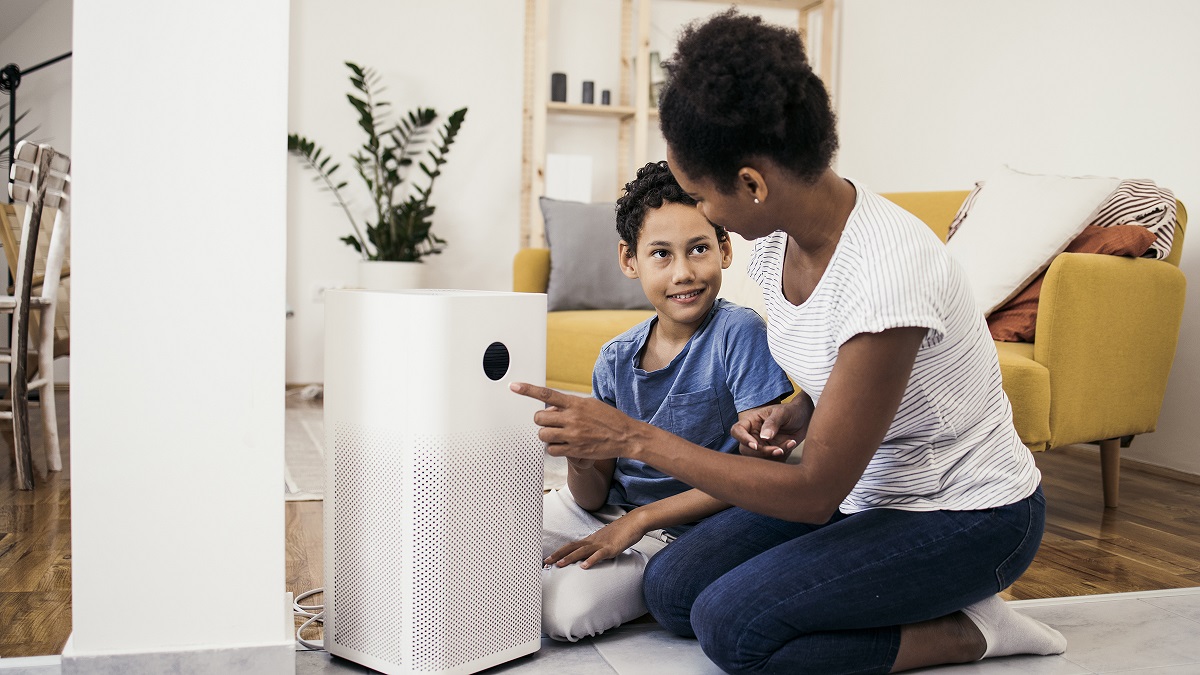
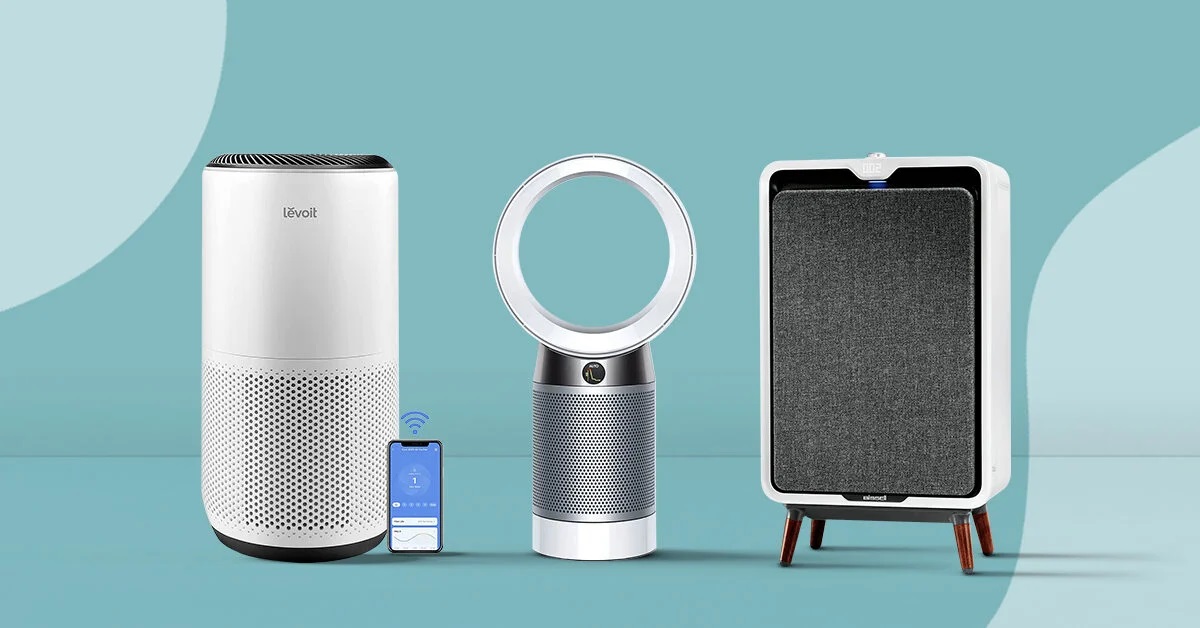

0 thoughts on “What Is An Air Purifier”